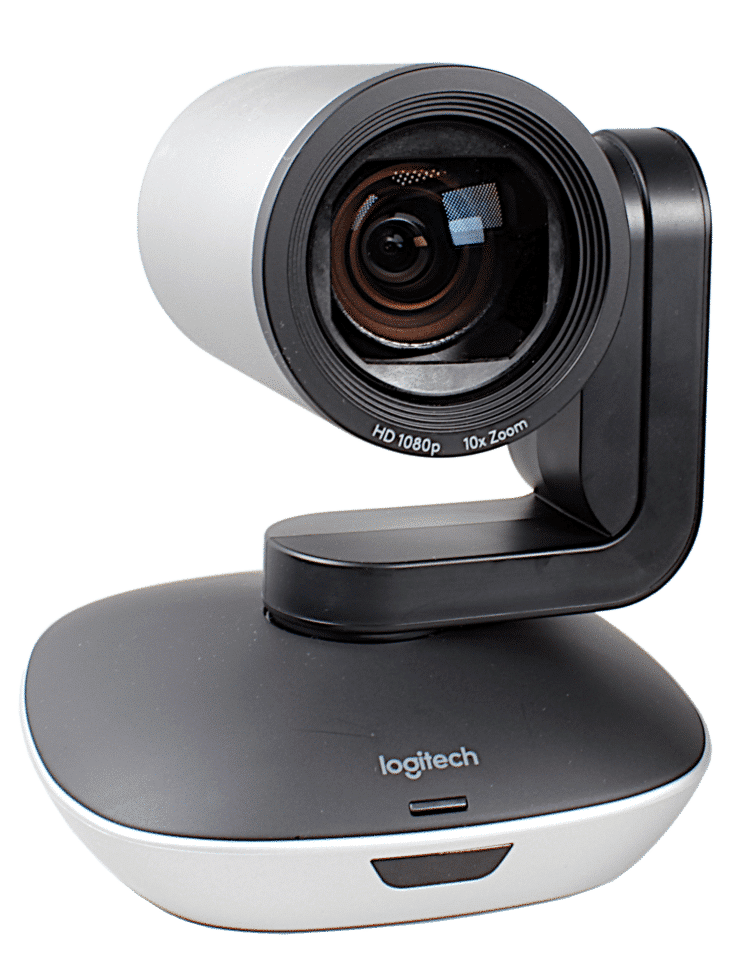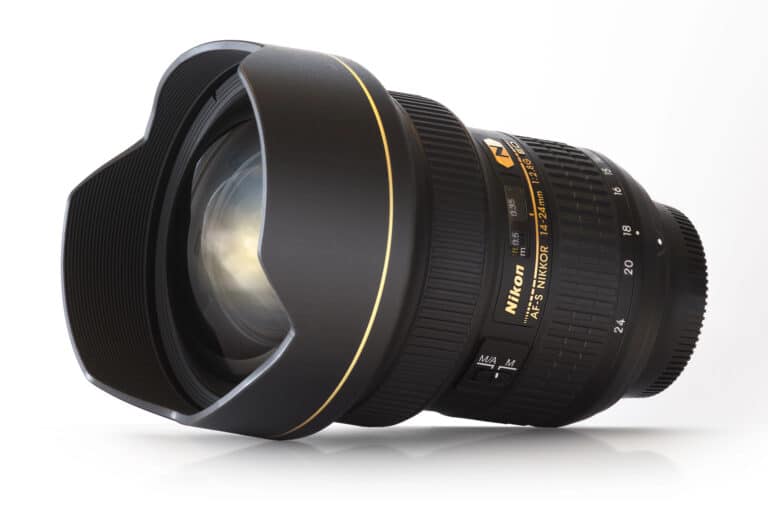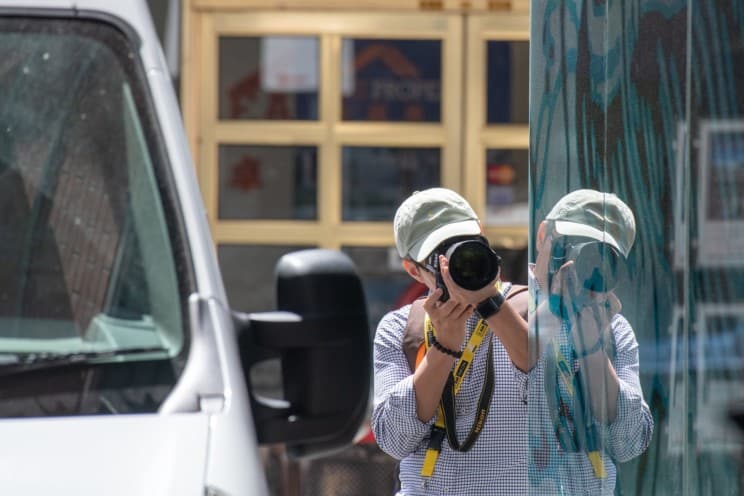Can You Use a Polaroid at Night?
Polaroids made instant photography a dream come true for many.
Even in the age where digital devices are all over, tourists, lovers, and most people on the move still prefer instant photos.
Can you use a polaroid at night?
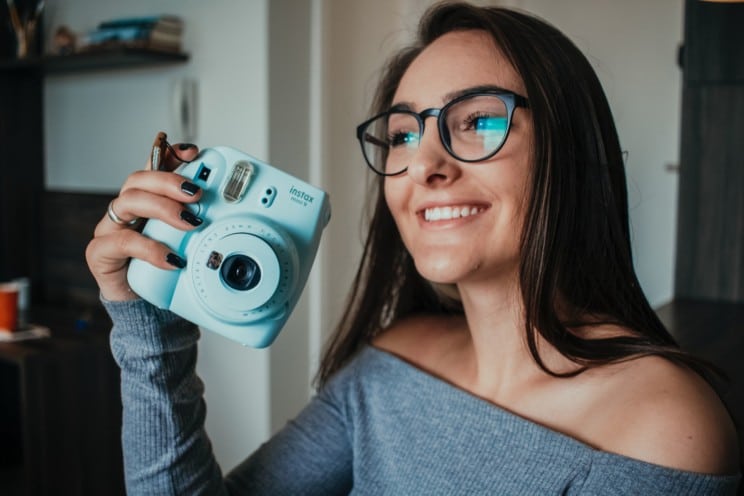
If you are an astrophotographer, a frequent voyager, or a lover of instant photos, you possibly are wondering if you can use a Polaroid at night. The simple answer is yes, you can.
Now, let’s dive into the details.
What you need for the best night photography
For a fruitful night photography session, you need a Polaroid camera. We would highly recommend you go for something like Polaroid One Step Plus.
The camera connects to an app that lets you adjust camera settings like aperture, flash, and shutter speed. It even has a remote trigger for auto-captures.
Since we are talking about instant photos, you obviously need a film (duh). Next, for blur-free crisp images, a tripod would totally come in handy.
Getting the best result

Polaroids are simple point-and-shoot devices. You learn how to use one in less than a minute.
Light can be your best friend as well as an enemy when it comes to capturing good-quality pictures.
There are two instances when your photos are likely to come out dark: overexposure or underexposure.
Overexposure happens when the film receives too much light. On the other hand, underexposure is when the film doesn’t get enough light.
Thankfully there’s a slider or wheel on top of many polaroids that lets you regulate the amount of light.
Play around with different settings to see what works best for night photography.
After playing around with the settings, give the shutter speed more than one second (possibly 5+) to lift out the shadows. This way, your objects will come out in their full glamor.
Polaroids are for close-up shots. So make sure to keep the objects 10-15 feet away from the camera. And most importantly, don’t fret if the photo comes out imperfectly angled.
It’s still a great memory for a keepsake. In fact, it’s even artistic to play around with different angles.
Work with non-moving objects
Polaroids are ideal for capturing still life, architectural designs, and cityscapes.
Any moving object will be captured with a blur, and that cannot be a bad thing if you want to indicate a sense of speed.
Shoot on different backgrounds
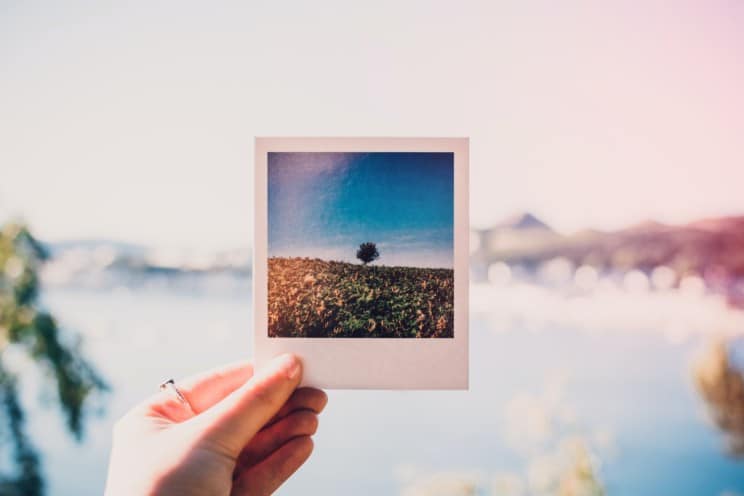
To entirely understand the capability of your polaroid, you must shoot from different backgrounds. This lets you know what scenes and light conditions work best.
Avoid too much contrast and highly detailed environments. Instead, lean more towards simple compositions and settings.
Perfect places to capture incredible memories include ocean shoes, blue skies, white walls…anything minimalistic.
You can use a monochrome film to shoot in black and white to get things a little interesting.
Now, if you combine the softness of instant photos with the eerie feel of black and white mode, the results will be stunning.
Flash or no flash?
Most polaroids come with either built-in or removable flash.
But since you are going for night photography, flash may not be necessary. The good thing is, your camera will most likely allow you to turn it on or off.
Note: Most photographic films are extremely sensitive to light. So no matter how well you keep them shielded, their quality flops, and you start getting inconsistent results with time.
So, as a rule of thumb, if a film stays idle for long, it’s best to swap it out with a new one.
Photos coming out of polaroids have wet ink. So don’t touch inside the picture frame. Instead, grab them by the edges and keep them away from intense light until they are fully dry.
Can you use a polaroid to capture the milky way?
Just because polaroids are commonly used for close-up snaps doesn’t mean they can’t capture the gem of the heavens.
But, of course, there’s a slight trade-off, you can’t get evocative photos as those shot from a DSLR camera.
What’s the worst part of owning a polaroid camera?
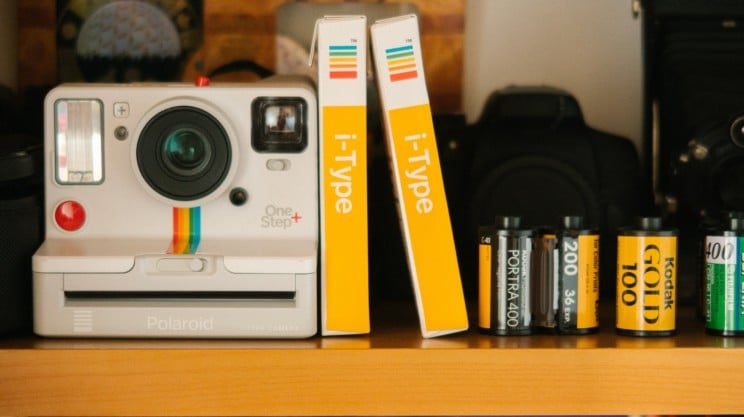
Besides the convenience of getting photos instantly, polaroid cameras also come with a few downsides.
Firstly you must spend on photographic films from time to time, and that can prove to be an expensive affair.
Secondly, films tend to deteriorate with time and can yield unpredictable results. Plus, if you accidentally expose them to light, they get damaged.
Thirdly, some analog polaroids will not allow you to edit photos before printing them out.
Lastly, some options don’t come with rechargeable batteries. This means like film papers, you will always be spending money on them occasionally.



